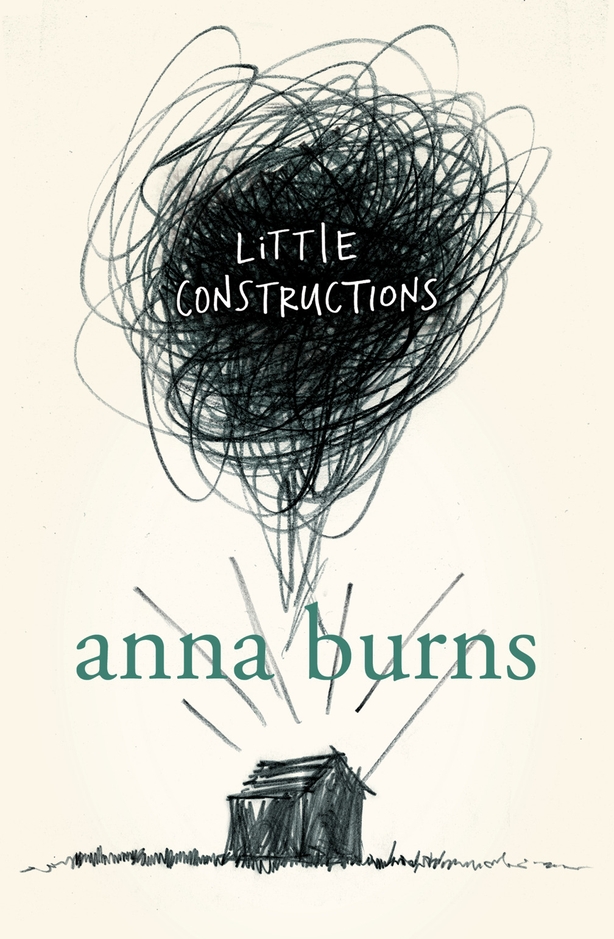First published in 2007, Little Constructions is a quirky, earlier novel from the author of Milkman, winner of the 2018 Man Booker Prize last year. It tackles big, dark and taboo topics, including murder, torture, infidelity, rape and incest.
In the novel, Burns tackles big, dark and taboo topics of murder, torture, infidelity, rape and incest, and the cast shadowy crime gangs reminiscent of IRA factions, local busybodies and useless policemen. With raw ingredients such as these one would expect a dreary and depressing read, yet somehow Burns’ story is full of quirky humour and idiosyncrasies.
There are no differences between men and women. No differences. Except one. Men want to know what sort of gun it is. Women just want the gun.
Burns' writing is full of energy and perhaps nervousness, due to the subject matter on which she is writing - after all, what is the right way to discuss the unspeakable? How can people openly address some of the darkest parts of society from the perspective of both the criminals and the victims?
The Doe family are knee deep in criminal activity in the small town of Tiptoe Floorboard, fomenting hatred and internecine strife in the community. Nearly all the characters hate each other in one way or another and are eternally planning each others' murder, whether physically or metaphysically. Lots of trivial matters are discussed, while lots of serious matters are not - and in the end, one thing inexplicably signifies the other.
Burns' prose is delightful, and I encourage all readers to read a few - if not all - passages aloud in order to relish the full effect of her literary prowess. Each word, phrase and colloquialism is that of a storyteller, not unlike an old man sitting at the bar in the local pub telling the tale - you know, the type who paints a picture of an entire town when they only intended on describing the postbox.

The narrative voice has the lilt and tone of natural conversation, and the story often seems to verge off course and onto other various tangents. The tangents themselves may be interrelated, but we are never sure. Actually, the person telling you isn’t even sure if it’s important either so, you know what, never mind, and we’ll get back to the main point quickly before we get distracted again - that is pretty much how the novel reads.
For example, the opening pages centre on a woman bursting into a gun shop demanding a rifle and bullets before spontaneously bustling out of the place with a Kalashnikov in hand and hurdling into a taxi to continue her business. Throughout the following 50 pages, the narrator diverts us elsewhere before eventually arriving back to the woman with the gun.
At last..we can get back to Jetty in the taxi. I didn’t want to alarm you but I was becoming worried we wouldn’t get back to her at all.
As such, the writing is clever, self-reflexive and entirely aware of its effect. I couldn’t help but smile while reading certain passages, for the sheer comfort and familiarity of the narrator’s casual and chatty demeanour. Set across some 25 years, and quite possibly 25 characters, the story jumps across years, people, conversations and thoughts, all interconnected.
At times it can be difficult to keep track of who's who and whether Jetty-Joe, Jane-Doe, John-Doe are talking to the same Tom, and if so which Tom, and is it from the same era? Nonetheless, that is part of the joy of this 304-page novel. Just go with it, and you’ll get your reward.
No Bones, another earlier Anna Burns novel, is also available in a paperback reprint from Flamingo.







